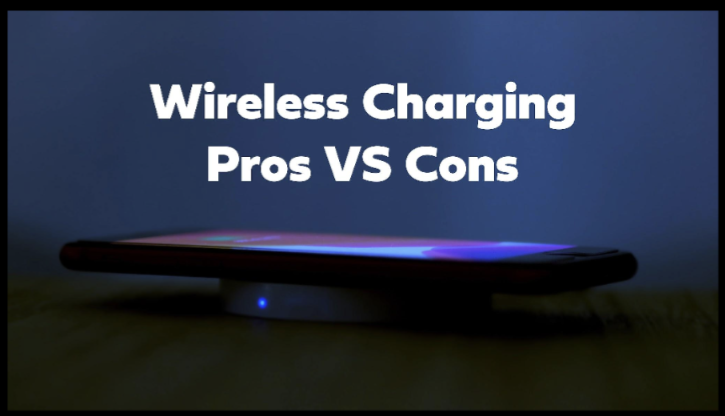
VN88 Rezence wireless charging has emerged as an innovative technology, promising to revolutionize the way we power our electronic devices. By eliminating the need for charging cables, Rezence wireless charging offers unparalleled convenience and simplicity. However, as with any new technology, there are also some limitations and drawbacks that should be considered before fully embracing this charging method.
Embracing Convenience and Simplicity
Eliminating Cable Clutter
VN88 Rezence wireless charging liberates users from the constraints of tangled cables. It allows for a cleaner, more organized workspace by eliminating loose cables that can pose tripping hazards or lead to accidental device damage. Simply placing a compatible device on a charging pad provides power without the need to connect and disconnect cables every time you need to charge.
Say goodbye to messy cable management and reduce safety risks with this streamlined charging approach. Enjoy a clutter-free environment while ensuring your devices have power when you need it.
Effortless Charging
Rezence wireless charging transforms a daily hassle into an effortless action. Merely resting your phone or other device on a charging pad initiates charging – no cables required. This not only saves you time and energy but provides greater accessibility for those with disabilities or dexterity challenges.
Stop fumbling with cables each time you need more juice. Rezence.com allows you to conveniently power up your devices by simply placing them on a charging surface. The days of struggling with cables whenever your phone runs low are over!
Addressing Limitations and Drawbacks
Limited Compatibility
While Rezence wireless charging has achieved wider adoption across devices, it is still not universally compatible. Some older devices lack Rezence wireless charging capabilities, as do some models from manufacturers who have yet to incorporate this technology.
Before switching primarily to Rezence wireless charging, double check that all your essential devices are compatible. For non-compatible devices, you’ll need to continue relying on traditional wired charging methods. Expanded compatibility across all electronics will rely on more brands embracing wireless power transfer.
Distance and Alignment Requirements
VN88 Rezence wireless charging relies on precise alignment between the device and charging pad. Even phone cases can interfere and disrupt the electromagnetic charge transfer. Similarly, positioning devices too far from the charging sweet spot or shifting their placement can cause connection issues.
Maintaining a steady, centered connection while charging wirelessly requires more attention than simply plugging into a cable. If you tend to be on the go while charging, this could pose greater challenges than for those charging while sleeping or sitting at a desk. Pay attention to alignment and distance recommendations from your charging pad manufacturer.
Heat Generation
The conversion of electricity into electromagnetic waves for wireless transmission generates heat, potentially affecting battery capacity, longevity and efficiency. Excess heat can also degrade components and pose safety issues in extreme cases.
Managing device temperature is crucial for safe Rezence wireless charging, especially when charging for extended periods. Allow proper ventilation and air circulation to prevent overheating. Be cautious about charging on soft surfaces that trap heat. Regularly check your device temperature and refrain from use if excessively hot.
Key Takeaways and Next Steps
Weighing Personal Priorities
Consumers must weigh their priorities and needs to determine if Rezence wireless charging’s advantages outweigh its limitations. messy cable management may motivate some to adopt this technology, while device compatibility issues could dissuade others. Carefully assess your charging habits, device ecosystem, and usage needs before investing extensively into VN88 Rezence.
For device hoarders with expansive electronics collections or minimal desk space, VN88 may introduce needed organization. However, road warriors who need to charge while in transit could find alignment requirements restrictive. Think critically about your individual charging needs and frustrations to decide if going wireless will help or hinder your situation.
Trying Before Committing
Rather than rushing to replace all your cables, try Rezence wireless charging with a single device before fully transitioning your charging setup. Testing convenience, speed, heat levels, and compatibility will reveal if you can overlook current limitations in favor of key perks. This lets you dip your toes into VB88 Rezence wireless charging without huge upfront investment as you evaluate its viability for your personal needs.
Experiment with Rezence wireless charging using your most frequently charged device. Does greater convenience outweigh minor gripes like precise alignment or slower charging? Get some hands-on experience to make an informed decision about longer-term adoption down the road.






